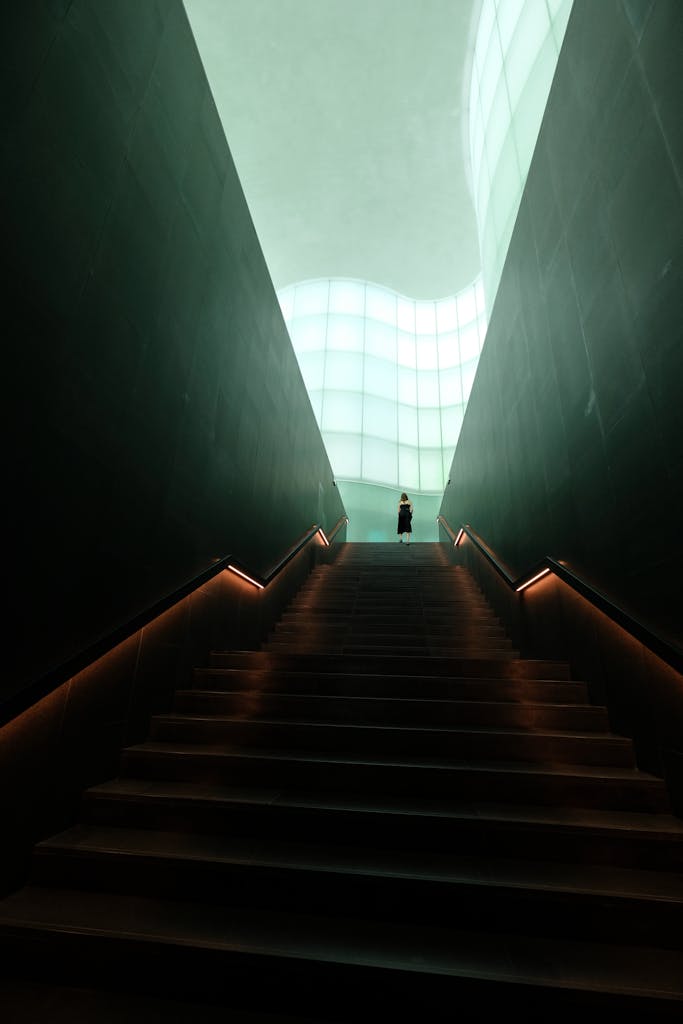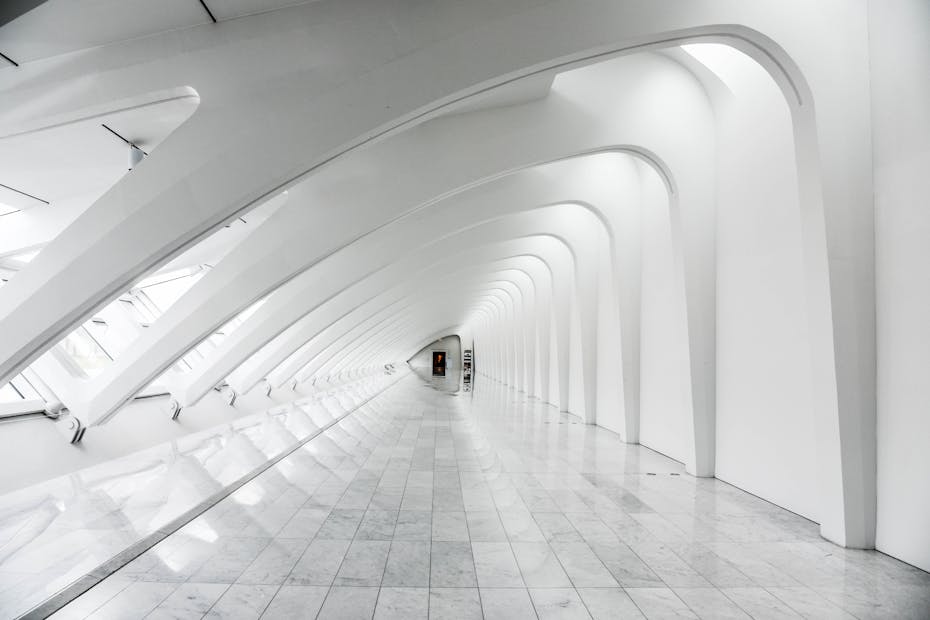Architecture is traditionally celebrated as the art of creating accessible, inhabitable spaces. We measure buildings by how they receive us, guide us, and shelter us. But what happens when a building is not designed to be entered? What if access is intentionally denied?
This concept—Closed Architecture—challenges the assumption that all architecture exists for human interaction. From ancient tombs to government facilities, from military bunkers to conceptual installations, there’s a lineage of structures whose meaning is rooted in their inaccessibility. In these cases, being “closed” is not a flaw, but the very purpose.
This article explores how and why architects, governments, artists, and cultures use closed architecture as a strategy—functional, symbolic, or emotional—to shape our relationship with space.
Sacred and Sealed: The Origins of Closure
The idea of closed architecture is ancient. Many of the earliest monumental structures—pyramids, tombs, and megalithic sites—were built with the intention of never being entered again once sealed. These buildings were not made for human comfort but for cosmic or spiritual permanence.
Egyptian pyramids, for example, were carefully engineered not just to house the dead, but to protect them from the living. Their chambers were sealed with enormous stone blocks, passageways were hidden, and booby traps were sometimes included. The message was clear: this is not a place for the living.
In many temples across cultures, the most sacred spaces are inaccessible to most. The Holy of Holies in ancient Jewish temples was entered only once a year by a single priest. In Hindu temples, inner sanctums are visible but off-limits. The architecture itself enforces hierarchy and reverence through spatial denial.
Functional Inaccessibility: Security by Design
In the modern world, closed architecture plays a central role in security and defense. Bunkers, military installations, surveillance hubs, and data centers are designed not only to protect what’s inside but to discourage any approach at all.
These structures often lack clear entrances, windows, or ornamentation. They are blank, hulking, and anonymous. Think of an NSA data facility or a nuclear storage site—massive concrete volumes with no public interaction. The architecture itself broadcasts secrecy and power through its silence.
Government embassies and corporate headquarters sometimes adopt the same logic. Their public facades are often deceptive: imposing, yet aloof. Even when entrance is possible, it’s restricted by security layers that transform a building from a welcoming space into a barrier.
Conceptual and Symbolic Closures in Art
In contemporary art and architecture, closed architecture becomes a tool of commentary.
Consider British artist Rachel Whiteread’s House (1993), a concrete cast of the interior of a Victorian home. The result? A structure that looks like a house but is utterly uninhabitable—solid, sealed, and mute. It is a sculptural absence, a building remembered but denied.
Other works explore this idea further. Some architects have built pavilions or installations with doors that lead nowhere, staircases that end abruptly, or walls that block expected pathways. These decisions are not mistakes; they are deliberate critiques of access, mobility, and privilege.
Closed architecture, in these cases, creates tension. It forces viewers to confront exclusion, history, or loss through physical experience—or the lack of it.

Abandonment as a New Form of Closure
Not all closures are designed. Some happen over time. Abandoned buildings, derelict factories, and forgotten homes are often sealed by decay. Windows are boarded up, doors welded shut, vegetation takes over.
Urban explorers are fascinated by these spaces precisely because of their inaccessibility. They carry a mythic quality, enhanced by the sense that something is being hidden—memories, secrets, or just time itself.
In this way, closed architecture extends into the landscape of memory and erosion. A locked building can feel more meaningful than an open one, simply because it resists us.
Digital Closures: Buildings That Don’t Exist
In the digital age, we also encounter a new breed of closed architecture—virtual buildings created for video games, simulations, or renderings. These facades are built to be seen but never explored. The doors don’t open, and there’s nothing behind the windows.
This type of closure is aesthetic rather than physical, but its effect is similar: we are made spectators of architecture, not participants.
This also happens in real life. Consider buildings with “false fronts” used in film sets or retail displays. Their architecture is performative—it looks real, but denies function. These facades tease interaction but refuse it.
Why Build What Cannot Be Used?
So why choose closed architecture? Why construct a space that resists access?
There are several reasons:
- Security: To protect sensitive information, people, or materials.
- Symbolism: To represent reverence, authority, or historical closure.
- Power: To exclude by design and assert control over who belongs.
- Art: To provoke questions, challenge expectations, or reflect on space itself.
- Time: To allow decay, memory, or narrative to shape a space more than occupation.
Conclusion: The Message of Inaccessibility
While most architecture seeks to invite, guide, and contain us, closed architecture functions in the opposite direction. It resists. It excludes. But in doing so, it reveals something profound.
Buildings that don’t allow entry make us pause, question, and imagine. What’s inside? Who is allowed? Why was it built this way?
These are not design flaws. They are intentional absences. And sometimes, they speak louder than an open door ever could.
